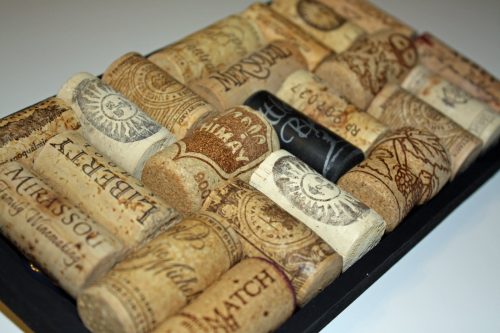Cork comes from the bark of the Cork oak (Quercus Suber). It is the outer most layer of the bark that

is harvested when the tree is mature after about 25 years old. The tree grows to be about 65 feet tall and is and evergreen so is won’t shed its leaves in the fall. After it has reached its 25th year; large portions of the bark are stripped off. The Cork oak has the capacity to regenerate its outer bark an ability that most other trees do not have. Because of this ability it allows for the same tree to be harvested repeatedly.
Most of the world cork originated from Mediterranean forests in (Portugal, Spain, France, Italy and northern Morocco). The cork oak grows in a humid climate with average temperature between 13-19oC. Cork harvesters are working the Rainforest Alliance to improve their social and environmental practices to achieve Forest Stewardship Council (FSC) certification.

Is cork sustainable? Yes, cork is sustainable and biodegradable. These trees can live between 170 to 250 years. During this time it can be harvested about 16 times. The bark takes about 9-12 years to regenerate before it can be re-harvested. Cork is impermeable to liquids and gasses that’s why it makes good bottle stoppers it is also an excellent insulator. An important attribute cork has is that is takes carbon out of the atmosphere and stores it within its tissue structure. A tree that is stripped on regular intervals can absorb 3-5 times as much CO2 when compared to a tree of similar size left alone. It’s been estimated that cork forests can sequester up to 10,000,000 tons of CO2 from the atmosphere a year. This makes for an excellent green building material.
-SK
